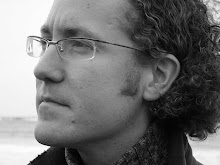For example, the recently formed Eye Tracking and Moving Image Research Group lead by Sean Redmond and Jodi Sita in Melbourne has two central goals:
" bringing the group together; we wanted to utilise eye tracking technology more centrally in the analysis and examination of the moving image; and we wanted to draw together scholars and practitioners from the Sciences, and the (Creative) Arts and Humanities so that different modes of enquiry and theoretical and methodological apparatus were placed in the same analytical arena."
I very much welcome groups like this and hope their research proves fruitful and informative. Only by spreading the research questions across a broad range of researchers can we hope to tackle the complex questions of spectatorship and by sharing research methods/techniques we can avoid each of us reinventing the 'eyetracking and film' wheel. To that end I hope my recent publications on the topic can serve as a useful starting point for researchers beginning to apply eye tracking to these questions:
- Smith, T. J. (2013) Watching you watch movies: Using eye tracking to inform cognitive film theory. In A. P. Shimamura (Ed.),Psychocinematics: Exploring Cognition at the Movies. New York: Oxford University Press. (pdf)
- Smith, T. J. (2012) The Attentional Theory of Cinematic Continuity, Projections: The Journal for Movies and the Mind. 6(1), 1-27. (pdf)





No comments:
Post a Comment